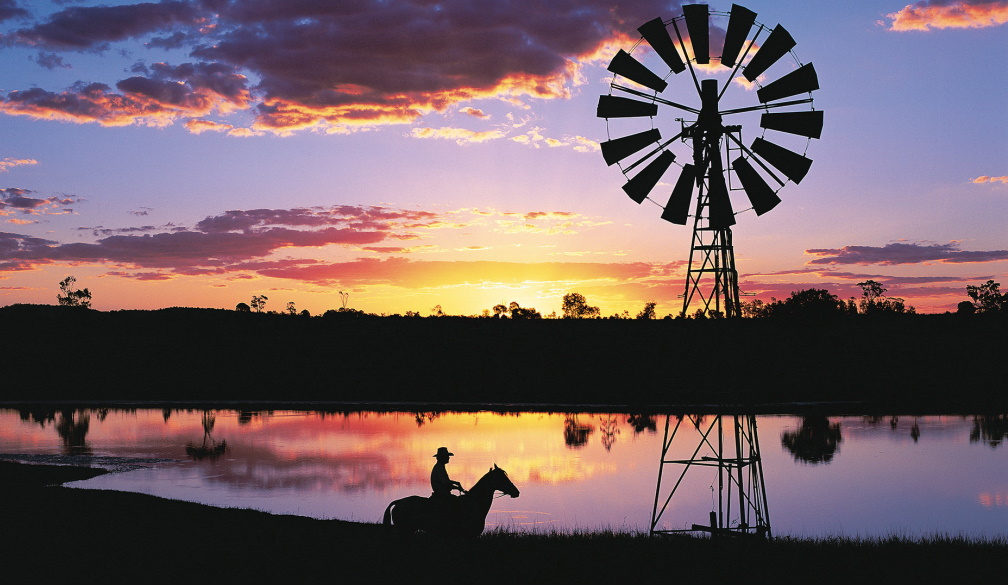There’s an extra $1 billion on the table for NT schools. This could change lives if spent well
- Written by Ruth Wallace, Director, Northern Institute, Charles Darwin University

The federal and Northern Territory governments have just made a “historic” funding announcement[1] of about A$1 billion for schools in the territory.
This includes an extra $737.7 million from the federal government and an extra $350 million from the NT government between 2025 and 2029. This would make the NT only the third Australian jurisdiction (after the ACT and Western Australia) to have “fully funded” public schools.
This means they would get 100% of the “Schooling Resource Standard[2]” which was set up through the so-called Gonski reforms more than a decade ago. This determines how much funding schools get based on student needs.
Federal Education Minister Jason Clare described[3] the announcement as a “historic day for public education in the Northern Territory”.
What is the funding for? What do NT schools and students need?
Read more: As more money is flagged for WA schools, what does 'fully funded' really mean?[4]
What is the funding for?
Governments say the funding will provide more resources to improve education outcomes in the NT. Funding will go to the most disadvantaged schools first. It also comes on top of $40.4 million[5] dedicated specifically to Central Australian schools in last year’s federal budget.
We already know NT schools need extra support.
Late last month, the NT government released a review of secondary education[6] in the territory, produced with Deloitte Access Economics in partnership with Charles Darwin University.
It found[7] the territory’s education system had higher needs for specialised support for students and teachers than the rest of Australia.
These include high proportions of cultural and linguistic diversity. The territory has the highest proportion of students identifying as Aboriginal or Torres Strait Islander in Australia (39%). There are than 100 Aboriginal and about 87 other languages spoken in the region.
The population is also extremely geographically dispersed with at least 66% in remote or very remote communities.
There are also high levels of socioeconomic and educational disadvantage. For example, a 2022 report[8] for the territory’s education department noted average household income in very remote areas of the NT was approximately 45% lower than the rest of Australia.
On top of this, there are significant teacher shortages[9].
The importance of student attendance
Funding is going to need to be flexible so schools can implement programs that meet their local needs.
This includes addressing student attendance at school, which remains a significant issue in the NT. In 2022, the overall attendance rate[11] was 73% for public schools and 48% for very remote public schools. This rate refers to the proportion of time students attend school, compared to the time they are expected to attend.
The current NT government student engagement strategy[12] found we need to address attendance through local programs, developed at the school level with support from education department teams. Ruth was the Chair of the Expert Reference Panel for this project.
The strategy was developed through extensive consultation with Indigenous communities and recognises students’ educational outcomes depends on four key areas:
-
partnership between families and schools
-
having educators with the skills to engage students
-
meaningful learning experiences
-
supporting students’ wellbeing, inclusion and diversity.
Read more: Universities Accord: there's a push to increase Indigenous students and voices in higher education. But we need more detail and funding[13]
But we need more certainty
It is important to point out governments have so far only signed a “statement of intent”. This means there is no formal commitment yet to this funding.
And we don’t have any certainty beyond 2029.
The statement of intent is part of ongoing negotiations this year for a new National School Reform Agreement[14]. This agreement will outline new policies for education reform from 2025. As part of this, all states and territories are making bilateral arrangements with the federal government over funding for their school systems.
We also need to acknowledge decades of educational underfunding cannot be reversed in four years. The funding levels required to improve targets[15] around key elements such as early literacy skills, school attendance, NAPLAN results and Year 12 attainment need to be assessed (and potentially changed) through to and beyond 2029.
How do we make sure funding works?
The $1 billion flagged by governments will be fundamental to improving educational outcomes in the territory. Current funding arrangements are likely to continue cycles of disadvantage.
But ultimately, investment in NT students is more than just funding. It is about recognising and catering to the complex and unique nature of the educational environment, with culturally relevant teachers and high quality resources. This also needs to include culturally relevant assessment and reporting about student progress.
This – combined with funding certainty – would signal there is a long-term and genuine commitment to future of the NT and our children.
Read more: What is the National School Reform Agreement and what does it have to do with school funding?[17]
References
- ^ announcement (ministers.education.gov.au)
- ^ Schooling Resource Standard (www.education.gov.au)
- ^ described (ministers.education.gov.au)
- ^ As more money is flagged for WA schools, what does 'fully funded' really mean? (theconversation.com)
- ^ $40.4 million (ministers.education.gov.au)
- ^ review of secondary education (www.abc.net.au)
- ^ found (education.nt.gov.au)
- ^ 2022 report (education.nt.gov.au)
- ^ teacher shortages (www.abc.net.au)
- ^ Johnny Greig/Getty Images (www.gettyimages.com.au)
- ^ the overall attendance rate (www.abc.net.au)
- ^ engagement strategy (education.nt.gov.au)
- ^ Universities Accord: there's a push to increase Indigenous students and voices in higher education. But we need more detail and funding (theconversation.com)
- ^ National School Reform Agreement (theconversation.com)
- ^ targets (education.nt.gov.au)
- ^ CourtneyK/Getty Images (www.gettyimages.com.au)
- ^ What is the National School Reform Agreement and what does it have to do with school funding? (theconversation.com)

















